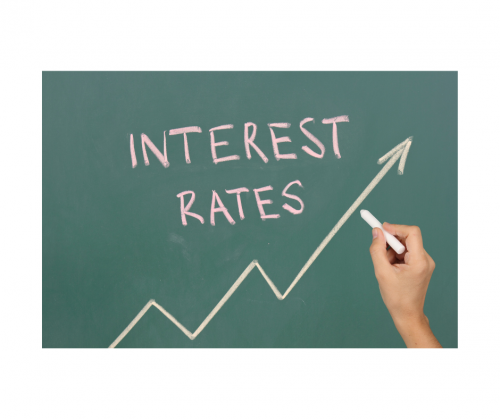Last updated: February 05 2025
Impact of Bank of Canada Interest Rates

Geoff Currier
The Bank of Canada cut its interest rate by .25% to 3% on January 29, a full two percentage points lower than was the benchmark in 2023.
This move was made in anticipation of the significant trade uncertainty with looming U.S. tariffs, coupled with a Canadian economy which has been underperforming. Some experts have speculated that we may see further cuts by the B.O.C. if the tariff saga continues, given the preview we have already had on its potential negative impact on the Canadian economy. How will investors be impacted by further interest rate reductions?
Margin Accounts. If your client has a margin account, that is a brokerage account which permits investors to borrow against their investments, a rate cut could be good news as borrowing money becomes cheaper.
Bonds. In the case of bonds or bond funds, the new rate might also be good news as these investments generally rise in value when interest rates fall.
GICs. The opposite may be true of GIC’s. GIC’s tend to see their value rise along with rising interest rates and decline when the rates drop.
Mortgages. For those clients with fixed mortgage rates this latest cut will not have an impact, at least in the immediate term. However, if they are holding variable rate mortgages, this latest cut might be a real benefit. It could mean that more of their monthly payments are directed towards principal and less towards the interest portion of the mortgage.
Business Borrowing. In theory Canada should witness an increase in activity from both domestic and foreign investors, including business owners with operating lines. That could help to save jobs should interest rates remain lower.
While in the short term it will be more challenging to plan for revenue growth as the tariff cloud remains, the Buy Canadian sentiments, coupled with lower interest rates earnings could stimulate domestic growth.
Small businesses will generally welcome a reduction in interest rates. When the rate was in the 4.5-5% range the Canadian Federation of Independent Business members saw a decline in demand and a need to increase prices, along with facing higher financing costs. The lowering of the rate once again will ease some of the strain on those businesses which were struggling with the higher rate.
The Weak Loonie. The Canadian dollar is not going to do well in the short and medium term. In the U.S. the Federal Reserve is keeping interest rates in the 4.25-4.5% range. The Canadian dollar is going to weaken further against the American greenback. (It swooned downward on Feb.3, recovering slightly after the tariff threat lifted temporarily. At the time of writing, our dollar was sitting at 69 cents U.S.)
The Bottom Line. When the B.O.C. lowers its rate, it's not unusual for banks to drop the rates they pay on savings. This makes it less attractive to have money tied up in bank accounts and can provide more incentive for your clients to invest in areas which are potentially more profitable. But with so many variables at play, the most important plan may simply be to amplify communications between clients and their advisors as triggering economic events continue to unfold and clash with financial and life event goals.
We may well see further reductions in the interest rate over the course of 2025. In a January 29 post, TD Economics predicted a full percentage point drop this year to 2%.
However, it’s far too early in the tariff war to make accurate predictions as to how the B.O.C. will respond and how the new economic climate will impact Canadians. When discussing options with regards to investments and protecting their money, all options must be given. It is imperative that your clients be aware of the tax implications of any moves they choose to make at this time.
Additional Educational Resources:

